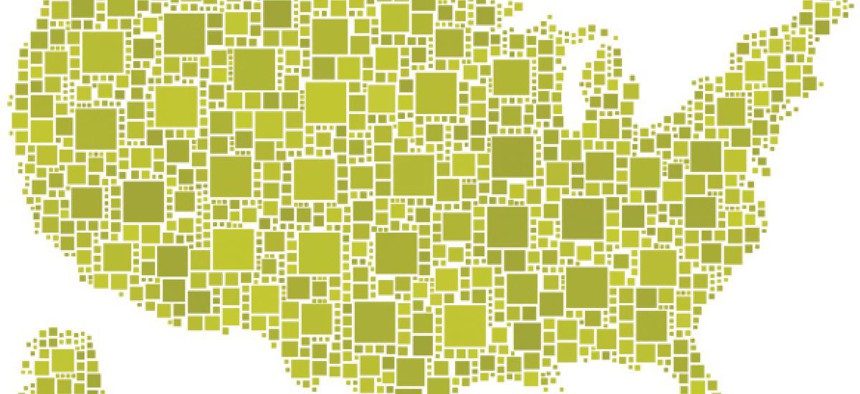
Shutterstock.com
Feds aren’t alone in pension pain
State and local government employees are being asked to contribute more, too, and the reforms often apply to current and future employees.
It’s not only federal employees’ contributions to their pension plans that are under fire. According to a new Government Accountability Office report, state and local government pension plans -- which cover more than 27 million employees and beneficiaries -- face the same concerns about long-term sustainability and costs.
Half the states have shifted a larger share of pension costs to employees since 2008 by increasing member contributions, the watchdog found. As many as 35 states have reduced pension benefits for future employees, and a few have cut back on post-retirement benefit increases.
Of the states that have raised employee contributions, five applied the increase to future employees only, but most applied it to both future and current employees. Some states that hadn’t required employees to contribute to their pensions previously began requiring some new employees to do so.
Because they have more leeway to adjust contribution rates, more states have increased contributions for at least some active employees rather than limit those increases to future employees, GAO said. In contrast, the 2.3 percent pension hike recently signed into law for federal employees applies only to new hires who have less than five years of creditable service.
Many states also have changed their benefit formulas, raised the age or service requirements needed to receive benefits, or eliminated inflation adjustments for future employees, GAO found.
The report attributed the changes in large part to the economic downturn, which made benefit increases in prior years unsustainable.
“In the past, some plan sponsors have not made adequate plan contributions, or have granted unfunded benefit increases, and many suffered from investment losses during the economic downturn,” GAO said. “The resulting gap between asset values and projected liabilities has led to steady increases in the actuarially required contribution levels needed to help sustain pension plans at the same time state and local government face other fiscal pressures.”
GAO anticipated that budget pressures will continue to constrain both state and local governments in their abilities to contribute to defined pension plans.
CORRECTION: The original version of this story incorrectly stated which federal employees are subject to a new 2.3 percent pension contribution hike recently signed into law. The hike applies to new hires with less than five years of creditable service.
(Image via Aperitivi/Shutterstock.com)
NEXT STORY: Postal Service to lay off up to 2,000 employees






